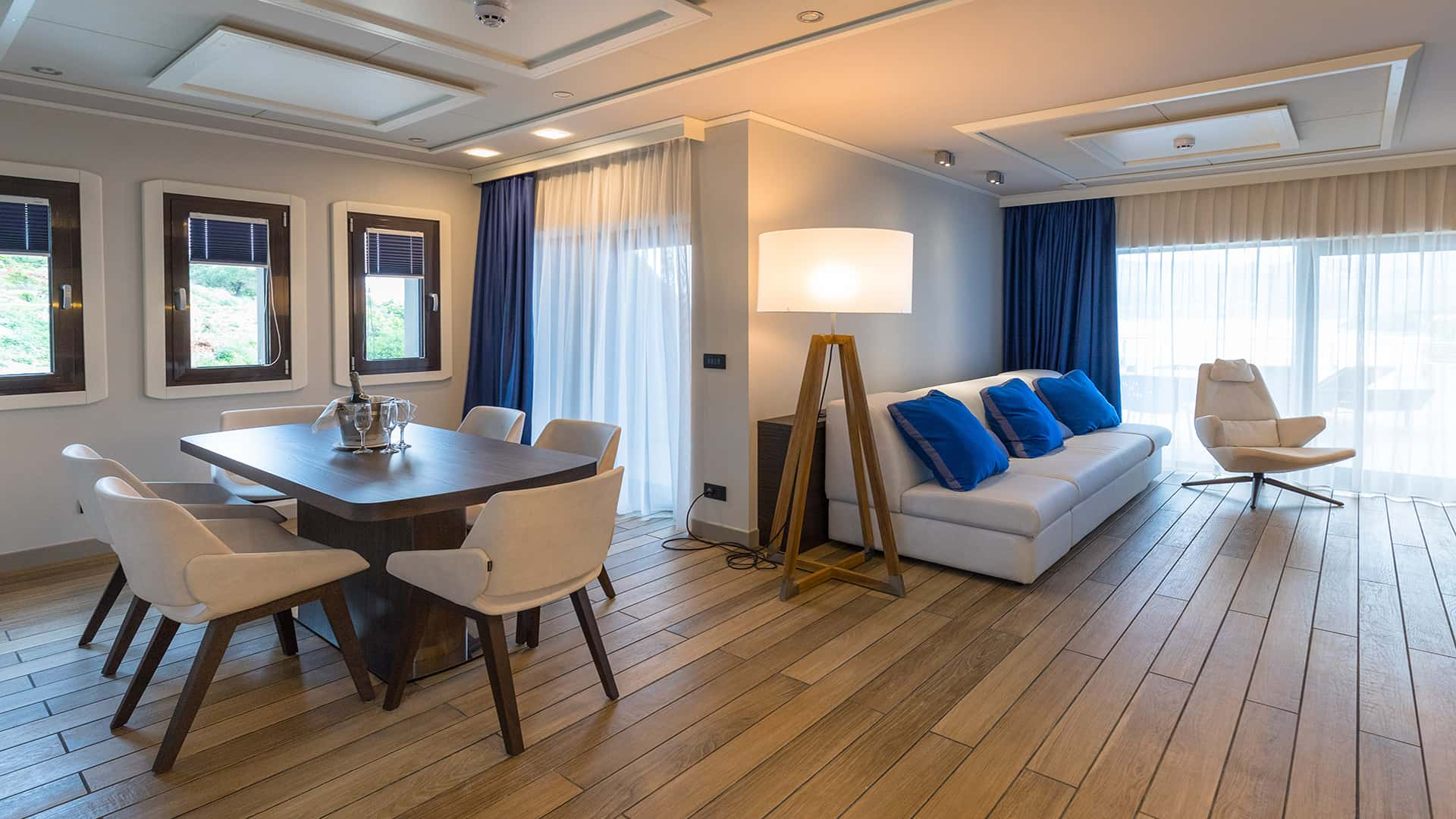Santa Maria Assunta in Cielo and San Geminiano Cathedral
Modena Cathedral
The Cathedral of Santa Maria Assunta in Cielo and San Geminiano, known more simply as Modena Cathedral, is the city’s main place of worship and also the seat of the archdiocese. A brilliant example of Romanesque architecture, said to be the work of an architect known as Lanfranco, it was built in 1099, as indicated on the stone plaque on the outer wall of the main apse.
Since the fifth century BC, another two churches had existed where the cathedral now stands, as this is the burial site of built of Saint Geminianus. The saint’s remains are still housed in the crypt of the cathedral, inside a simple IV century urn, covered by a stone slab supported by four columns.
On 31 January each year, on the saint’s day, his remains, clothed in a bishop’s attire, including the pastoral staff, are displayed in a glass case for worshippers.
Since the fifth century BC, another two churches had existed where the cathedral now stands, as this is the burial site of built of Saint Geminianus. The saint’s remains are still housed in the crypt of the cathedral, inside a simple IV century urn, covered by a stone slab supported by four columns.
On 31 January each year, on the saint’s day, his remains, clothed in a bishop’s attire, including the pastoral staff, are displayed in a glass case for worshippers.

A masterpiece of Romanesque architecture
The façade is dominated by a marble work by Wiligelmo, a Modenese sculptor, who sculpted four large relief works depicting the Stories of Genesis (“Creation, Temptation of Adam and Eve and Original Sin”, “Expulsion from the Garden of Eden”, “Sacrifice of Cain and Abel, killing of Abel and Divine Reproach”, “Killing of Cain, Noah’s Ark and Noah leaving the Ark”). These may originally have been positioned on the sides of the main door (where two remain) and then moved when the side doors were opened (the other two are, in fact, positioned above the side doors). The simple and suggestive red-brick interiors are home to other works of art. .
IModena Cathedral is a rare and incredibly well-preserved example of the Romanesque style, both inside and outside, and has been on the list of Italian world heritage sites of the UNESCO since 1997. The cathedral is also on the Transromanica Cultural Route of the Council of Europe
IModena Cathedral is a rare and incredibly well-preserved example of the Romanesque style, both inside and outside, and has been on the list of Italian world heritage sites of the UNESCO since 1997. The cathedral is also on the Transromanica Cultural Route of the Council of Europe






